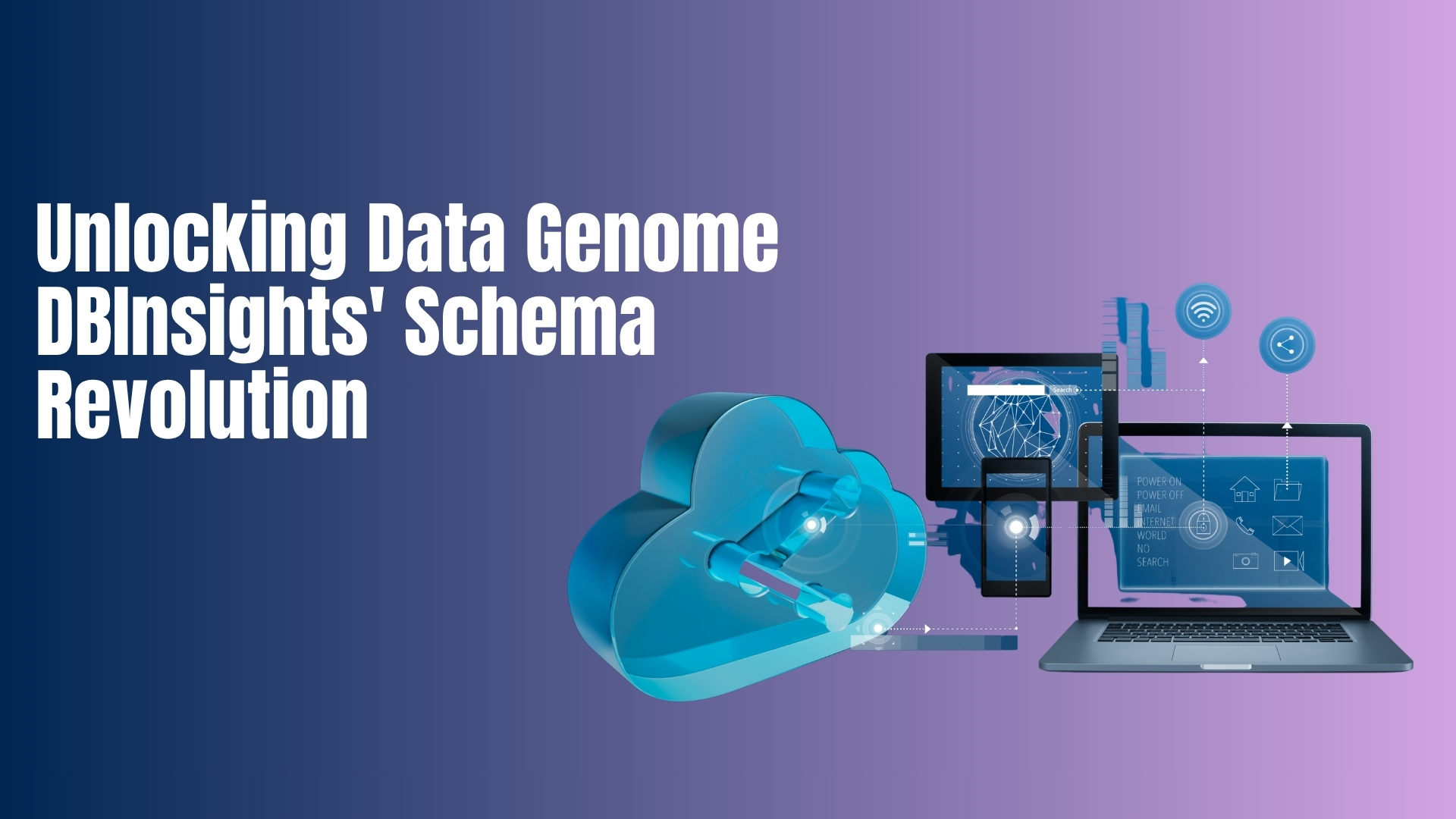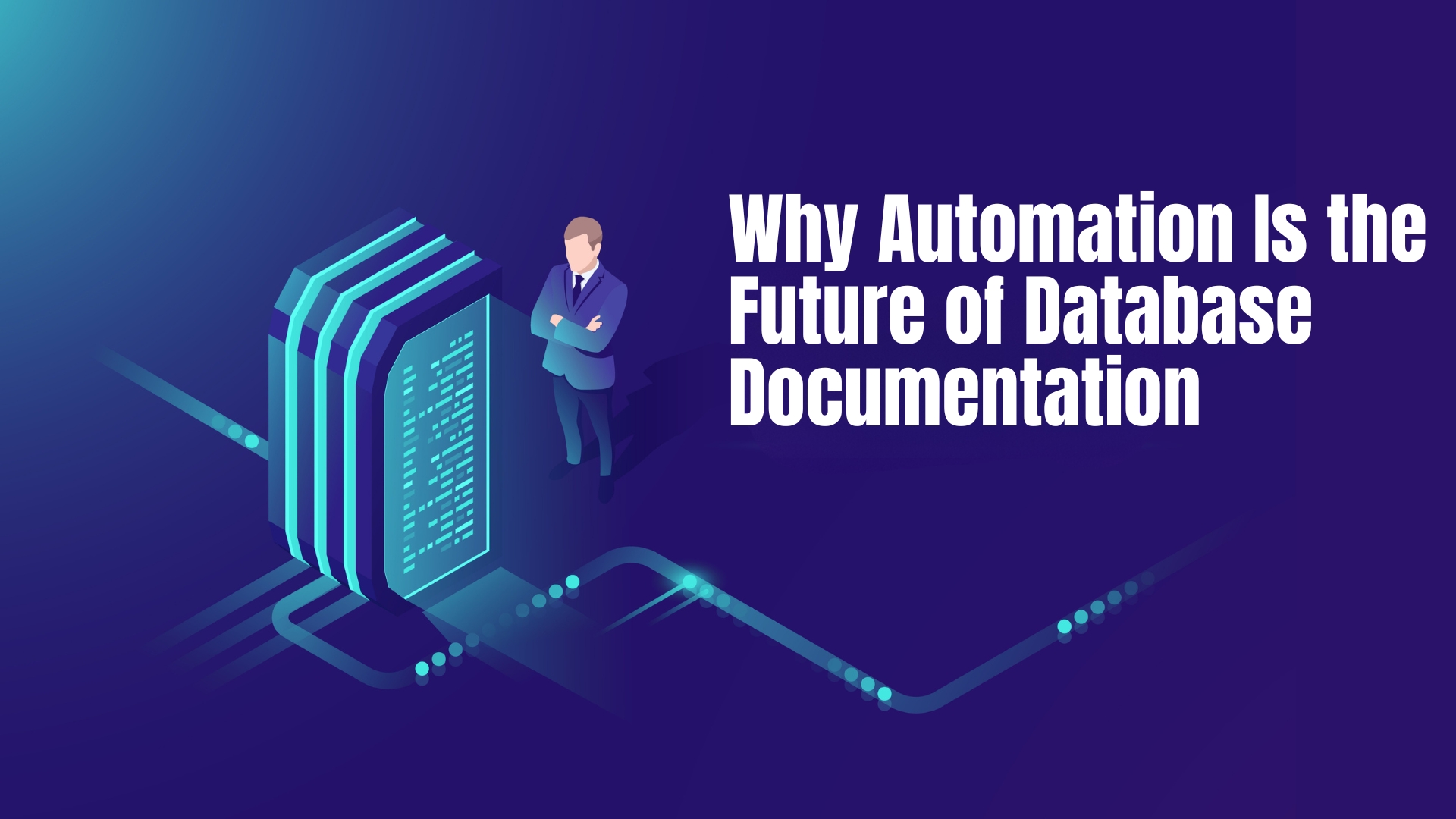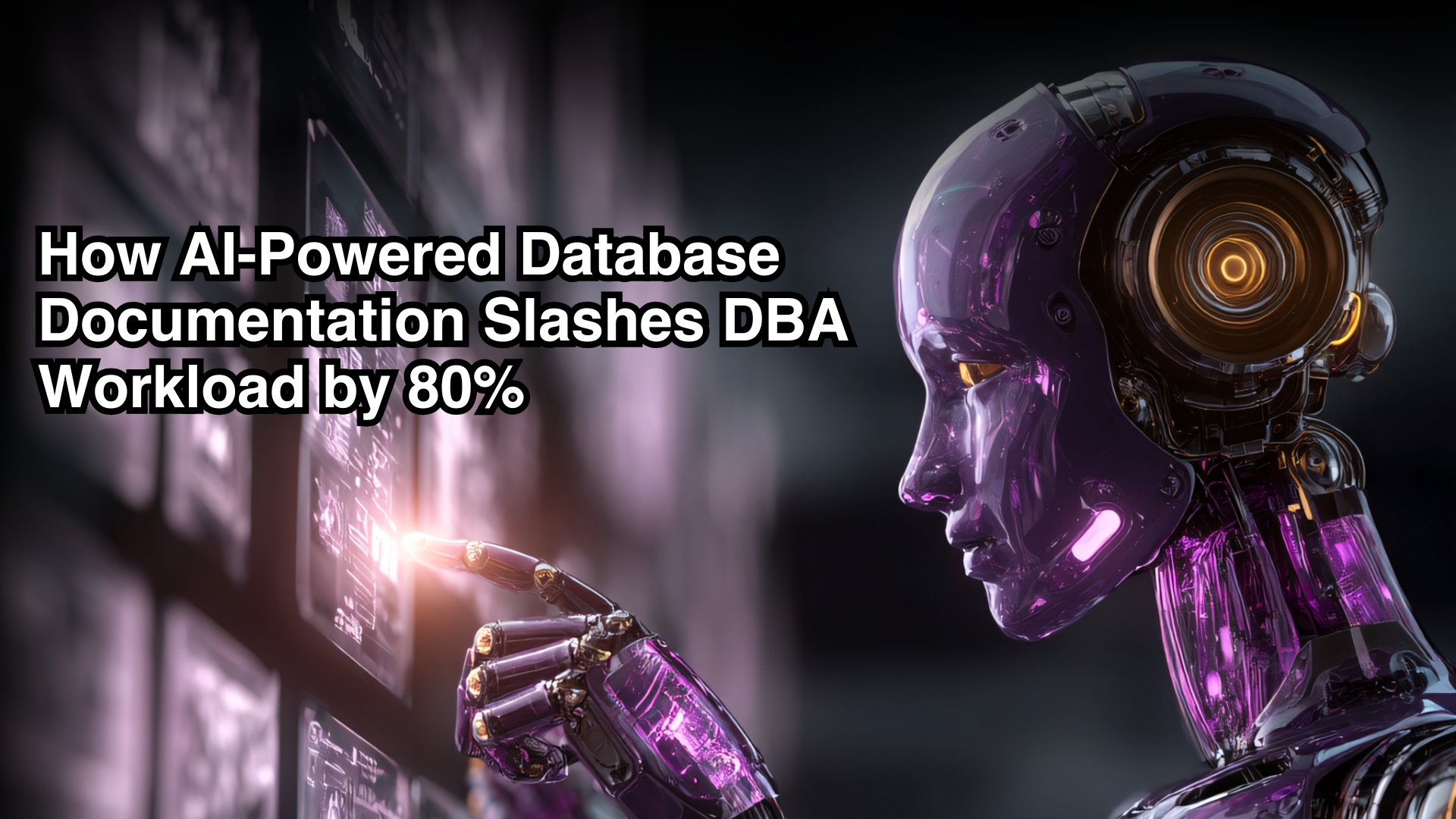Modern enterprises thrive on data, and the backbone of every data ecosystem is its database schema. Yet, what starts as a well-structured framework often becomes tangled in years of undocumented changes and technical debt. The result? Complex, fragile, and poorly documented databases that slow innovation and create risk.
This is where DBInsights steps in revolutionizing database management with its AI-powered feature, Intelligent Schema Insights. It transforms opaque schemas into transparent, business-aligned assets. More than just a reporting tool, it’s a cognitive engine built to bring clarity, context, and intelligence to the very core of your SQL database environment.
Let’s explore how this innovation is changing the way organizations understand, manage, and optimize their database design and governance.
Why Database Schemas Become the Silent Source of Technical Debt
Before appreciating DBInsights’ breakthrough, it’s vital to understand the real-world challenges that plague database schemas. Over time, databases evolve often without consistent documentation or standardization creating a maze that teams struggle to navigate.
Common Pain Points of Poorly Managed Database Schemas
- The Documentation Gap
Imagine encountering a schema named s_p_txn_1. What does it control? Without up-to-date documentation, developers must spend hours reverse-engineering dependencies and stored procedure calls. This loss of productivity accumulates across teams and projects. - Onboarding Nightmares
New DBAs or developers can take weeks to understand undocumented SQL databases, tracing relationships and hidden business logic. This slows onboarding and increases dependency on tribal knowledge. - Maintenance Paralysis
With limited visibility, even a small schema change can cause cascading failures. Teams hesitate to modify code because they can’t confidently predict the impact — stalling progress. - Security and Governance Challenges
Poor schema clarity directly affects database security. Roles and permissions become overly broad, introducing risk, or excessively complex, hindering legitimate access.
All these problems lead to a fragile cloud database or on-prem system where knowledge gaps multiply.
DBInsights’ Intelligent Schema Insights directly tackles these issues, using Artificial Intelligence to bridge documentation gaps, reduce technical debt, and enable efficient database optimization.
What Is Intelligent Schema Insights and Why It’s a Game-Changer for Database Management
The Intelligent Schema Insights feature isn’t just another analytics dashboard. It’s a cognitive AI system that interprets the database ecosystem not only reading metadata but understanding relationships, dependencies, and intent.
Let’s dive into its key components and how they redefine database management.
1. AI-Generated Descriptions: Contextual Understanding at Scale
Most tools only list schemas. DBInsights explains them. Its AI-generated descriptions reveal the schema’s role, data domain, and relationships providing immediate context that would otherwise take hours to uncover.
For instance:
Schema: ord_proc_staging
AI Description: “Used for temporary storage and pre-processing of raw order data ingested from external systems before normalization into the main transactional schema. Manages data for fraud detection and initial order validation.”
This single insight eliminates ambiguity. Developers instantly grasp purpose and impact, closing the documentation gap and accelerating decision-making. It turns forgotten database structures into accessible, self-explanatory assets.
2. Comprehensive Schema Overview and Contents
With DBInsights, teams gain a complete schema overview across the entire SQL database or cloud database. Each schema’s details are presented clearly tables, views, functions, triggers, and stored procedures are summarized with contextual meaning.
- Tables – Each table includes a concise, AI-generated purpose description.
- Views & Functions – Automatically linked to show how calculated results or transformations are derived.
- Stored Procedures & Triggers – Connected to their parent schemas for a full operational picture.
By combining this into one intuitive view, DBInsights removes the need to manually query system tables or cross-reference multiple tools. It delivers a unified, panoramic view for complete database management and governance.
How DBInsights Uses AI to Drive Strategic Schema Grouping and Business Agility
Beyond documentation, DBInsights introduces Suggested Schema Grouping the true differentiator that turns database management into a strategic advantage.
Most organizations group schemas based on technical or historical choices. DBInsights’ cognitive engine analyzes relationships to propose business-aligned schema groupings a vital step toward database design modernization and database migration initiatives.
Aligning Database Structures with Business Domains
Modern IT environments increasingly organize around business domains (Finance, Inventory, Customer, Logistics). DBInsights empowers this approach through AI-driven analysis:
- Identifying Logical Boundaries: Detects inter-schema dependencies where stored procedures or tables overlap, flagging boundaries that need realignment.
- Proposing Standardized Domains: Suggests merging fragmented or redundant schemas like customer_data_v1, cust_info, and legacy_cust_db into a unified BusinessDomain_Customer schema.
- Enabling Safe Refactoring: Provides an AI-backed roadmap for modernization & transforming monolithic structures into modular, maintainable ones.
Measurable Business Outcomes of Intelligent Grouping
- Reduced Deployment Risk – With isolated schemas, changes deploy confidently without fear of side effects.
- Simplified Security Policies – Define access at the business-domain level, streamlining database security management.
- Accelerated Development – Developers focus only on relevant schemas, shortening delivery cycles and boosting innovation.
By aligning schemas with real business functions, DBInsights transforms the database into a source of agility, not anxiety.
The Future of Database Management: Cognitive, Transparent, and Efficient
DBInsights’ Intelligent Schema Insights represents a turning point for database management. It automates the most complex and error-prone part of database administration understanding structure and relationships.
Instead of acting as “database archaeologists,” DBAs can now focus on high-value tasks like performance tuning, database optimization, and strategic planning.
This cognitive approach democratizes institutional knowledge, ensuring continuity and making database migration and modernization projects smoother. With every schema explained, documented, and aligned to business goals, organizations gain both agility and confidence.
DBInsights doesn’t just make schema management easier it makes it intelligent.
Conclusion: Redefining Database Management for the AI Era
With Intelligent Schema Insights, DBInsights bridges the gap between technical complexity and business understanding. It allows companies to treat their SQL databases not as burdens of technical debt, but as transparent, optimized assets ready for the future.
By integrating AI into schema discovery and database design, DBInsights sets a new standard for data governance and operational efficiency. For organizations serious about mastering their data, adopting this cognitive feature is no longer optional it’s essential.
FAQ’s
What is Intelligent Schema Insights in DBInsights?
It’s an AI-driven feature that interprets and documents database schemas automatically, turning technical metadata into business-friendly explanations for faster understanding and safer management.
How does it improve database management?
By providing AI-generated descriptions, schema overviews, and strategic grouping recommendations, it enhances clarity, accelerates onboarding, and simplifies maintenance.
Can Intelligent Schema Insights work with cloud databases?
Yes, it supports both on-premises and cloud database environments, offering the same clarity and insights across different deployment models.
How does DBInsights help in database optimization and security?
It identifies redundant structures, improves documentation, and simplifies database security by aligning permissions with business domains ensuring safer and faster operations.




